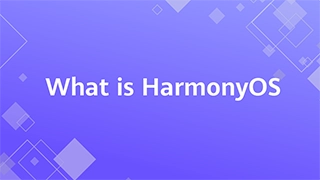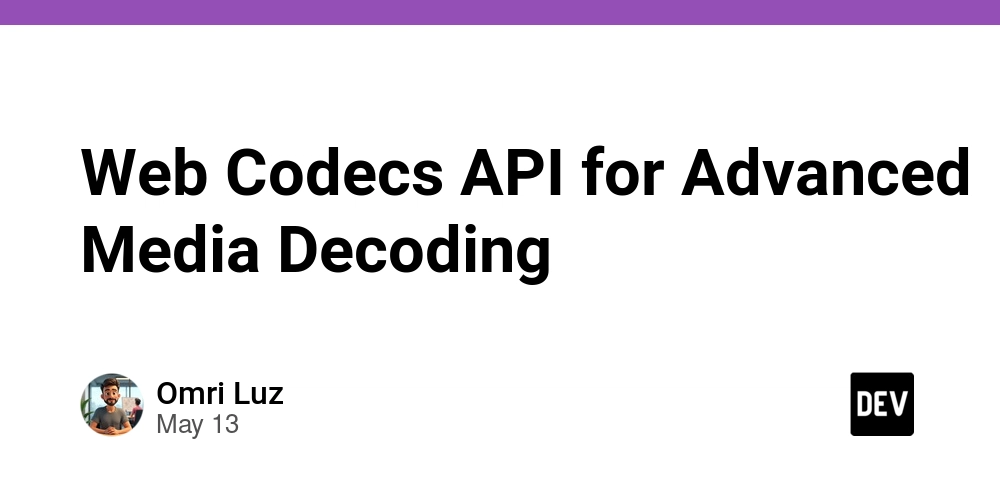Unveiling GNU General Public License v3: A Comprehensive Exploration of Software Freedom and Open Source Innovation
Abstract: This post offers an in‐depth exploration of the GNU General Public License v3 (GPL v3). We break down its historical context, core features, and ongoing impact on open source software. We analyze how GPL v3 not only continues to protect software freedom but also encourages sustainable innovation through robust copyleft mechanisms. Additionally, we examine its applications, challenges in dual licensing and compatibility, and future trends in legal frameworks for technology. For further insights, you can refer to the Original Article. Introduction The GNU General Public License v3 (GPL v3) is much more than just another open source license—it is a legal instrument that champions software freedom and lays down clear rules for code sharing. Developers, legal experts, and technology innovators have long relied on GPL v3, which is regarded as a cornerstone of the open source ecosystem. This blog post is a holistic exploration of GPL v3; we discuss its origins, key technical features, practical applications, and the challenges it faces in today’s rapidly evolving technological landscape. We also discuss emerging ideas around fair code licensing and compatibility with new open source funding models. Our discussion will help software developers and technology stakeholders navigate the complexities of open source licensing by combining legal rigor with practical insights. Background and Context The History of GPL and Its Evolution Originally conceived by the Free Software Foundation (FSF) and championed by Richard Stallman, GPL was developed to ensure that software remains free for all users. With the release of the GPL v3, many shortcomings of earlier versions (GPL v1 and v2) were addressed. These earlier versions had limitations when it came to issues like tivoization, digital rights management (DRM), and software patents. Key milestones in the evolution of GPL: GPL v1: Introduced the revolutionary concept of copyleft. GPL v2: Widely adopted across many open source projects, yet left gaps concerning new technological challenges. GPL v3: Refined to handle modern challenges such as preventing exploitation of open source contributions and ensuring derivative works remain free and open. It also defines clearer boundaries for integrating with other licenses. The Ecosystem of Open Source Licenses In today’s world of software development, various license models exist. While permissive licenses like the MIT License or Apache License 2.0 provide developers with maximum freedom, they do not enforce reciprocal sharing of modifications. On the other hand, GPL v3 is a robust copyleft license designed to make sure that any software improvement remains accessible to the community. The contrast is clear: Permissive Licenses: Allow almost unrestricted usage. Copyleft Licenses (like GPL v3): Require that derivative works remain under the same license, ensuring that improvements benefit the open source community. Core Concepts and Features GPL v3 is built on a number of core principles. Below is a bullet list summarizing the key characteristics of this license: Copyleft Provision: Any derivative work must also be licensed under GPL v3. This ensures that improvements and derivative works continue to be free and accessible. Prevention of Exploitation: By enforcing strict sharing rules, GPL v3 protects developers from abusive commercial practices and ensures fair compensation in the spirit of “fair code.” Transparency and Disclosure: The license mandates that all modifications be made available to the community. This transparency drives innovation and trust. Compatibility Evolution: To address challenges such as tivoization (preventing modifications to devices) and DRM, GPL v3 incorporates modern legal vernacular that aligns with current international standards. Dual Licensing Complexities: While dual licensing under GPL v3 is possible (as seen in MySQL’s licensing strategy), the license’s stringent copyleft nature often makes navigating dual licensing a nuanced process. Detailed Feature Comparison Table Below is a table comparing GNU GPL v3 with other popular open source licenses: License Copyleft Transparency Flexibility Adoption in Commercial Projects GNU GPL v3 Strong High – All modifications must be disclosed Moderate – Strict rules Limited (due to reciprocal requirements) MIT License Permissive Moderate – Few disclosure requirements Very High Widely adopted (flexible for commercial use) Apache License 2.0 Permissive with patent clauses High (strong patent disclosures) Moderate to High Used in commercial and open source projects The table emphasizes how GPL v3 demands a balance between legal protection and developer freedom while promoting community contributions. Applications and Use Cases Open Source Projects Benefiting from GPL v3 Many large-scale open source projects have embraced
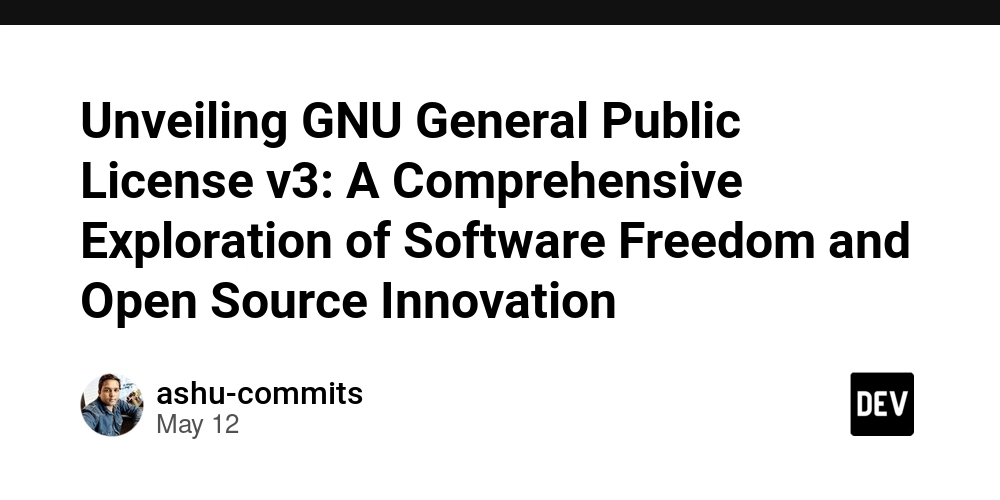
Abstract:
This post offers an in‐depth exploration of the GNU General Public License v3 (GPL v3). We break down its historical context, core features, and ongoing impact on open source software. We analyze how GPL v3 not only continues to protect software freedom but also encourages sustainable innovation through robust copyleft mechanisms. Additionally, we examine its applications, challenges in dual licensing and compatibility, and future trends in legal frameworks for technology. For further insights, you can refer to the Original Article.
Introduction
The GNU General Public License v3 (GPL v3) is much more than just another open source license—it is a legal instrument that champions software freedom and lays down clear rules for code sharing. Developers, legal experts, and technology innovators have long relied on GPL v3, which is regarded as a cornerstone of the open source ecosystem. This blog post is a holistic exploration of GPL v3; we discuss its origins, key technical features, practical applications, and the challenges it faces in today’s rapidly evolving technological landscape.
We also discuss emerging ideas around fair code licensing and compatibility with new open source funding models. Our discussion will help software developers and technology stakeholders navigate the complexities of open source licensing by combining legal rigor with practical insights.
Background and Context
The History of GPL and Its Evolution
Originally conceived by the Free Software Foundation (FSF) and championed by Richard Stallman, GPL was developed to ensure that software remains free for all users. With the release of the GPL v3, many shortcomings of earlier versions (GPL v1 and v2) were addressed. These earlier versions had limitations when it came to issues like tivoization, digital rights management (DRM), and software patents.
Key milestones in the evolution of GPL:
- GPL v1: Introduced the revolutionary concept of copyleft.
- GPL v2: Widely adopted across many open source projects, yet left gaps concerning new technological challenges.
- GPL v3: Refined to handle modern challenges such as preventing exploitation of open source contributions and ensuring derivative works remain free and open. It also defines clearer boundaries for integrating with other licenses.
The Ecosystem of Open Source Licenses
In today’s world of software development, various license models exist. While permissive licenses like the MIT License or Apache License 2.0 provide developers with maximum freedom, they do not enforce reciprocal sharing of modifications. On the other hand, GPL v3 is a robust copyleft license designed to make sure that any software improvement remains accessible to the community.
The contrast is clear:
- Permissive Licenses: Allow almost unrestricted usage.
- Copyleft Licenses (like GPL v3): Require that derivative works remain under the same license, ensuring that improvements benefit the open source community.
Core Concepts and Features
GPL v3 is built on a number of core principles. Below is a bullet list summarizing the key characteristics of this license:
Copyleft Provision:
Any derivative work must also be licensed under GPL v3. This ensures that improvements and derivative works continue to be free and accessible.Prevention of Exploitation:
By enforcing strict sharing rules, GPL v3 protects developers from abusive commercial practices and ensures fair compensation in the spirit of “fair code.”Transparency and Disclosure:
The license mandates that all modifications be made available to the community. This transparency drives innovation and trust.Compatibility Evolution:
To address challenges such as tivoization (preventing modifications to devices) and DRM, GPL v3 incorporates modern legal vernacular that aligns with current international standards.Dual Licensing Complexities:
While dual licensing under GPL v3 is possible (as seen in MySQL’s licensing strategy), the license’s stringent copyleft nature often makes navigating dual licensing a nuanced process.
Detailed Feature Comparison Table
Below is a table comparing GNU GPL v3 with other popular open source licenses:
| License | Copyleft | Transparency | Flexibility | Adoption in Commercial Projects |
|---|---|---|---|---|
| GNU GPL v3 | Strong | High – All modifications must be disclosed | Moderate – Strict rules | Limited (due to reciprocal requirements) |
| MIT License | Permissive | Moderate – Few disclosure requirements | Very High | Widely adopted (flexible for commercial use) |
| Apache License 2.0 | Permissive with patent clauses | High (strong patent disclosures) | Moderate to High | Used in commercial and open source projects |
The table emphasizes how GPL v3 demands a balance between legal protection and developer freedom while promoting community contributions.
Applications and Use Cases
Open Source Projects Benefiting from GPL v3
Many large-scale open source projects have embraced GPL v3 to protect their code and to ensure that modifications are returned to the community. Notable applications include:
- The Linux Kernel and Related Software: Although the kernel’s licensing history is complex, many components adhere to strict copyleft models similar to GPL v3.
- Security and Encryption Tools: Projects in these areas frequently adopt GPL v3 to maintain transparency and ensure that all derivative improvements are shared.
Case Study: Balancing Innovation and Fair Code
One encouraging example of GPL v3 in action is seen in communities that focus on both technological innovation and sustainability for developers. By integrating GPL v3 principles, these communities create an environment where even if a company takes advantage of the available open source code for commercial gain, they are legally bound to share their modifications with the community.
Real-world Use Cases:
- Embedded Systems and IoT Devices: Developers in these sectors use GPL v3 to guarantee that software improvements made on devices remain open and verifiable.
- Blockchain and Cryptographic Projects: With the emergence of blockchain innovation—discussions found on platforms like Hacker News—GPL v3’s emphasis on transparency is particularly important. For instance, modern blockchain projects sometimes integrate licensing models inspired by GPL v3 to ensure that improvements benefit all involved.
For further insight on open source funding and innovative licensing, check out discussions such as Navigating Open Source Licenses: A Guide for Indie Hackers.
Challenges and Limitations
Despite its many benefits, GPL v3 is not free from challenges.
Technical and Legal Challenges
-
Compatibility Issues:
- Some developers find that the strict copyleft clause can hinder integration with other licenses, particularly permissive ones.
- Mixing code with different licenses often leads to legal ambiguities.
-
Dual Licensing Complexities:
- Though dual licensing is possible, the reciprocal nature of GPL v3 creates hurdles when negotiating commercial arrangements. The license’s “viral” effect means that any proprietary code interfacing with GPL v3 code must also comply with copyleft requirements.
-
Adoption Barriers for Commercial Entities:
- Due to its restrictions, many companies may hesitate to adopt GPL v3 for projects that require a high degree of flexibility in integration or proprietary usage.
Community Concerns and Mitigation Strategies
Contributor License Agreements (CLAs):
One notable challenge for open source projects is ensuring that all contributions come with properly documented CLAs. This helps in avoiding legal uncertainties regarding ownership and usage rights.Risk of Exploitation Without Reciprocation:
While GPL v3 aims to prevent exploitation, there remains the possibility that companies could use the software with minimal modifications, thus not truly supporting the community effort.
Below is a bullet list summarizing these challenges:
- Legal Compatibility: Issues when mixing GPL v3 with permissive licensed code.
- Dual Licensing Hurdles: Negotiating separate commercial licenses can be complex.
- Community Contribution Risks: Anonymous contributions without proper CLAs may lead to potential legal ambiguity.
- Adoption by Enterprises: Reluctance due to the “viral” nature of the license.
For insights on addressing these challenges, see discussions on Stack Overflow Q&A.
Future Outlook and Innovations
Emerging Trends in Open Source Licensing and Fair Code
The future of GPL v3 and similar licenses will likely be shaped by both legal innovation and technological advancements. Key trends include:
-
Integration with Blockchain Technology:
- New funding models such as OCTL incorporate blockchain compensation mechanisms to offer fair remuneration to developers.
- Innovations that integrate transparency and immutable records with open source compliance (see arbitrum-and-open-source-license-compatibility) may redefine how licenses enforce fairness.
-
Enhanced Dual Licensing Models:
- As companies continue to seek flexibility, emerging models aim to bridge the gap between community-driven innovation and profit-driven developments.
- Models like license-token-innovative-licensing-for-open-source and license-token-streamlining-open-source-compliance are examples of how the ecosystem is evolving.
-
Improved Contributor Management and Funding Strategies:
- Future licenses might incorporate digital identity verification for contributors, reducing the risks associated with anonymous contributions.
- Open source sponsorship platforms, as discussed in Navigating the Financial Landscape: Open Source Project Financial Tools, aim to provide more robust mechanisms for developer compensation.
The Role of Community Governance
The role of community governance in driving licensing practices cannot be overstated. As open source projects grow, ensuring that decision-making is transparent and community-led will be central to sustainable innovation. Topics such as arbitrum-and-community-governance illustrate how decentralization and open governance models intersect with licensing.
Collaboration with New Funding Models
The interplay between open source licensing and innovative funding models (such as blockchain-based models) is expected to set the stage for a new era in developer compensation. Not only do these models provide an alternative to traditional donation or sponsorship funding, but they also ensure accountability through smart contracts and transparent blockchain records.
For further reading on future trends, check out articles like Exploring the Future of Blockchain Innovation with Arbitrum and Open Source Monetization Challenges, Strategies, and Future Trends.
Summary
In this detailed exploration of the GNU General Public License v3, we have reviewed its historical roots, core principles, and its ongoing impact on the open source world. The GPL v3 remains a critical legal instrument that enforces strict copyleft rules while ensuring transparency and fairness in code contributions. Despite challenges like compatibility issues and dual licensing complexities, GPL v3 continues to influence both small projects and large-scale endeavors alike.
Key Takeaways:
- Historical Evolution: From its inception at FSF to the refined GPL v3, the license is a hallmark of software freedom.
- Core Concepts: Emphasis on copyleft, transparency, and prevention of exploitation.
- Real-world Applications: Used widely in Linux, security tools, and even emerging blockchain projects.
- Challenges: Includes dual licensing complexities and managing anonymous contributions.
- Future Trends: Integration with blockchain, improved community governance, and innovative funding models present exciting opportunities for evolution.
By understanding the nuances of GPL v3, developers and organizations can make informed decisions about which license best aligns with their ethical standards and commercial objectives.
Additional Resources and Further Reading
For those interested in delving deeper into open source licensing and new funding paradigms, here are some useful resources:
- GNU GPL Official Text: https://www.gnu.org/licenses/gpl.html
- The MIT License Details: https://opensource.org/licenses/MIT
- Apache License 2.0 Overview: https://opensource.org/licenses/Apache-2.0
- Open Source Licensing Landscape: GitHub License Usage
- Community Discussions: Hacker News and Stack Overflow Q&A
Additionally, explore these carefully selected links from the License Token collection for further perspective on the intersection of licensing and blockchain:
- Arbitrum and Community Governance
- Arbitrum and Open Source License Compatibility
- Arbitrum and Open Source Scaling Solutions
- License Token Innovative Licensing for Open Source
- License Token Streamlining Open Source Compliance
For developer insights and community best practices, these dev.to posts are highly recommended:
- Navigating Open Source Licenses: A Guide for Indie Hackers
- Exploring the Future of Blockchain Innovation with Arbitrum
- Open Source Monetization Challenges, Strategies, and Future Trends
Concluding Remarks
The GNU General Public License v3 stands as a testament to the ideals of free software and fair code. It is not only a legal framework but also a statement on the ethics of software development. Although it presents challenges in terms of compatibility and adoption for certain commercial applications, its robust protection of software freedom and community contributions makes it indispensable in an increasingly complex digital environment.
As new technologies such as blockchain continue to evolve, the integration of fair funding models and enhanced contributor management will only serve to strengthen the case for GPL v3. Its future will be shaped by both legal innovation and community-driven governance, ensuring that software remains both free and fair.
Open source licensing models are at the heart of sustaining innovation across the global software community. Whether you are a developer, a researcher, or a business leader, understanding the intricacies of licenses like GPL v3 empowers you to build solutions that are not only cutting edge but also ethically robust and legally sound.
Stay tuned for more explorations into software licensing, open source funding models, and the evolving landscape of technology. Happy coding, and may your projects thrive in a spirit of fairness and collaboration!































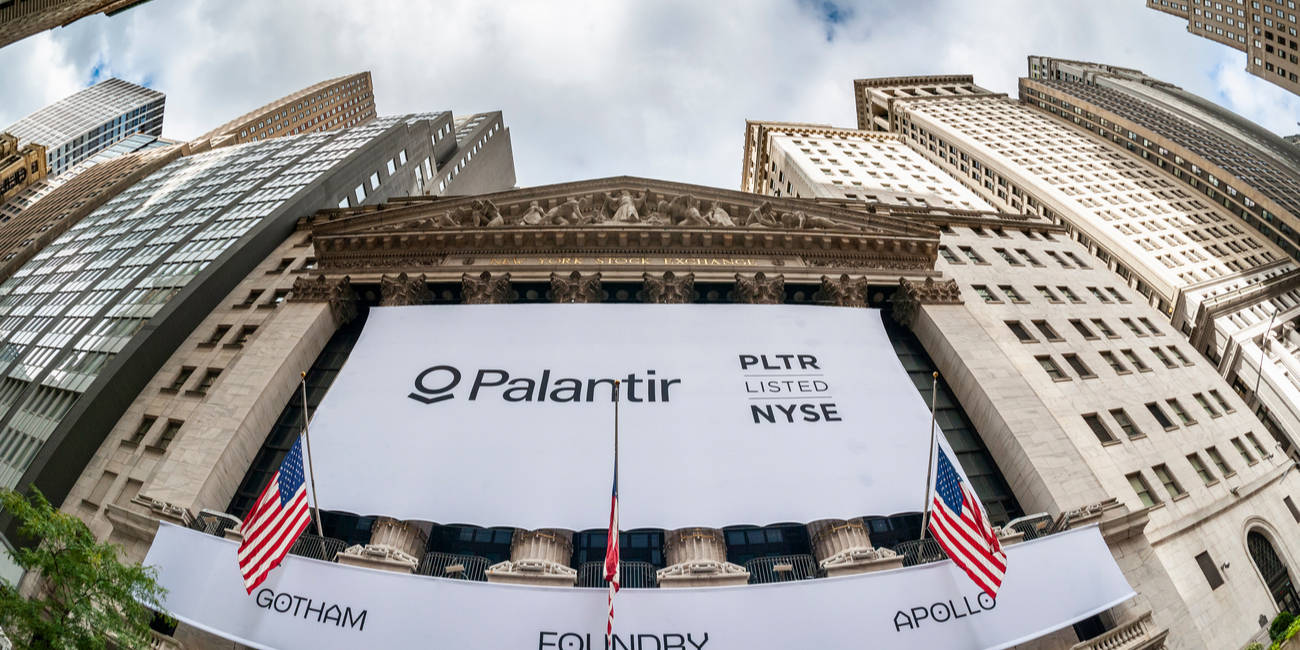










































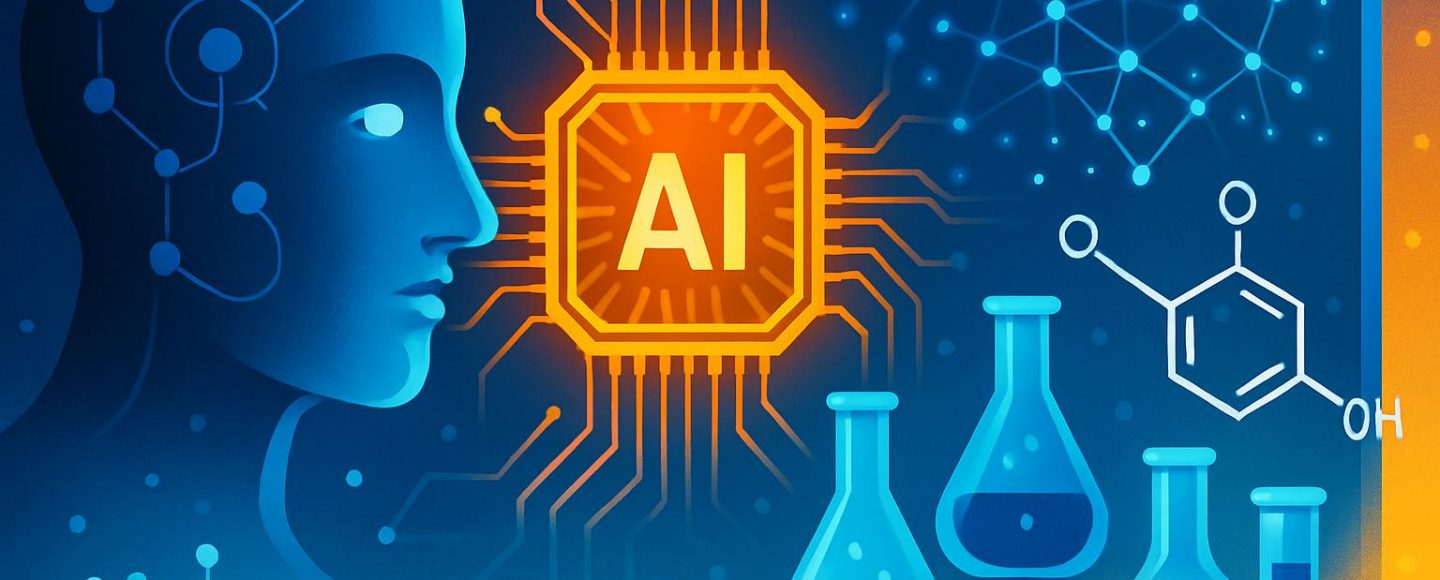
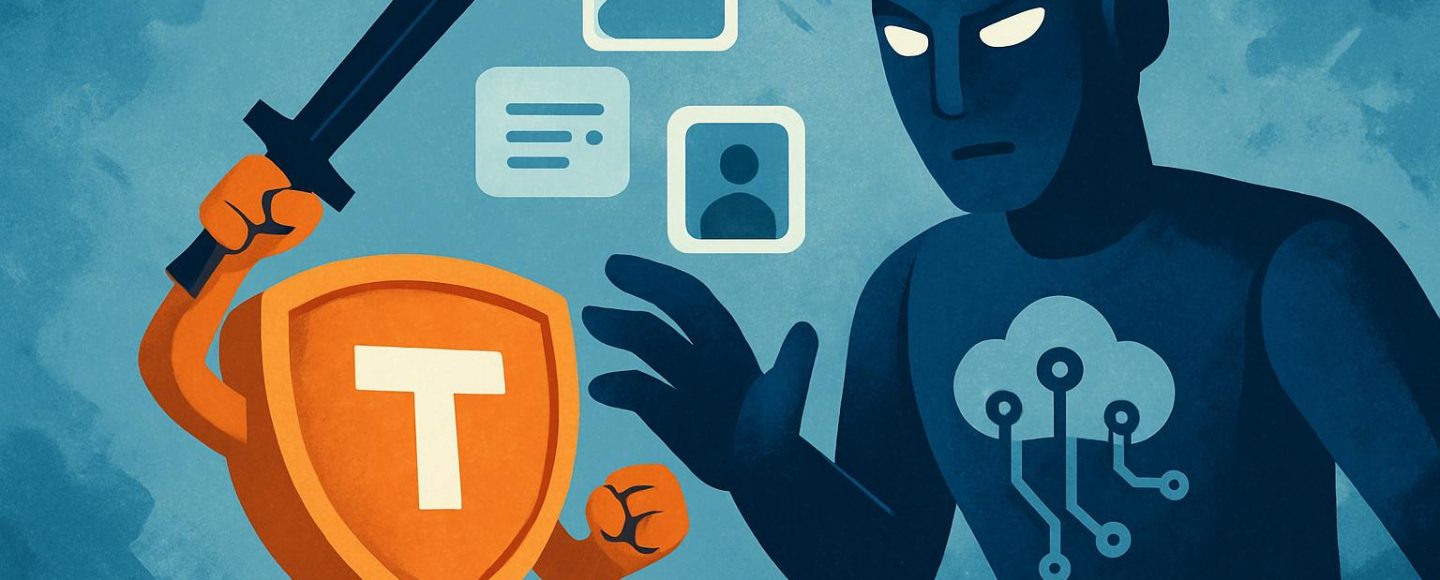




















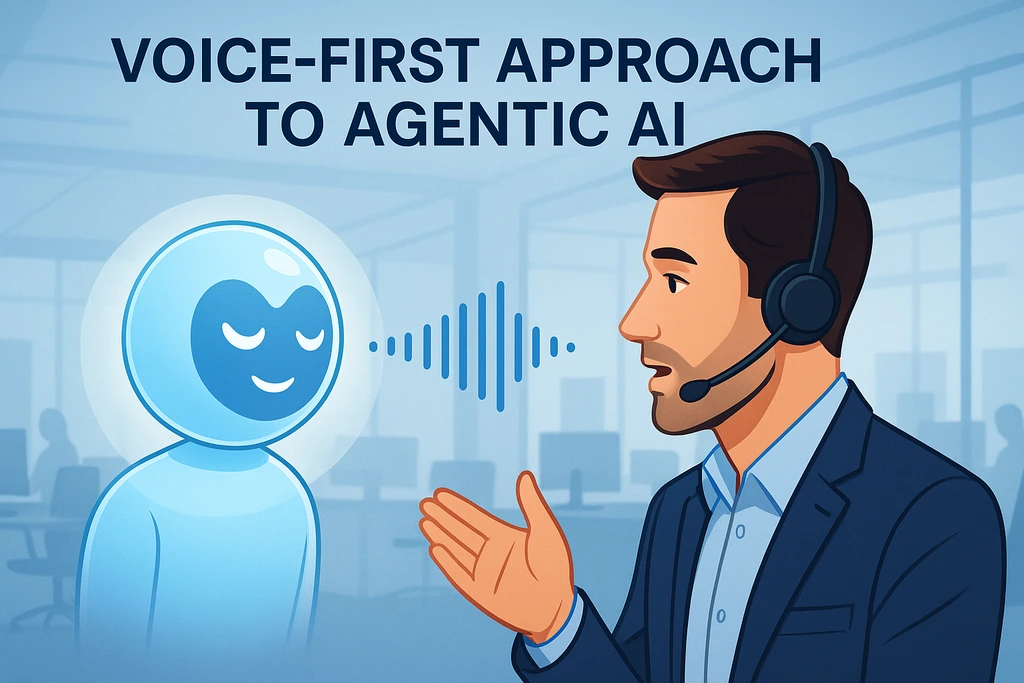









































































![[The AI Show Episode 156]: AI Answers - Data Privacy, AI Roadmaps, Regulated Industries, Selling AI to the C-Suite & Change Management](https://www.marketingaiinstitute.com/hubfs/ep%20156%20cover.png)
![[The AI Show Episode 155]: The New Jobs AI Will Create, Amazon CEO: AI Will Cut Jobs, Your Brain on ChatGPT, Possible OpenAI-Microsoft Breakup & Veo 3 IP Issues](https://www.marketingaiinstitute.com/hubfs/ep%20155%20cover.png)
















































































































































































































































.jpg?width=1920&height=1920&fit=bounds&quality=70&format=jpg&auto=webp#)
























_Michael_Burrell_Alamy.jpg?width=1280&auto=webp&quality=80&disable=upscale#)


























































































































































































